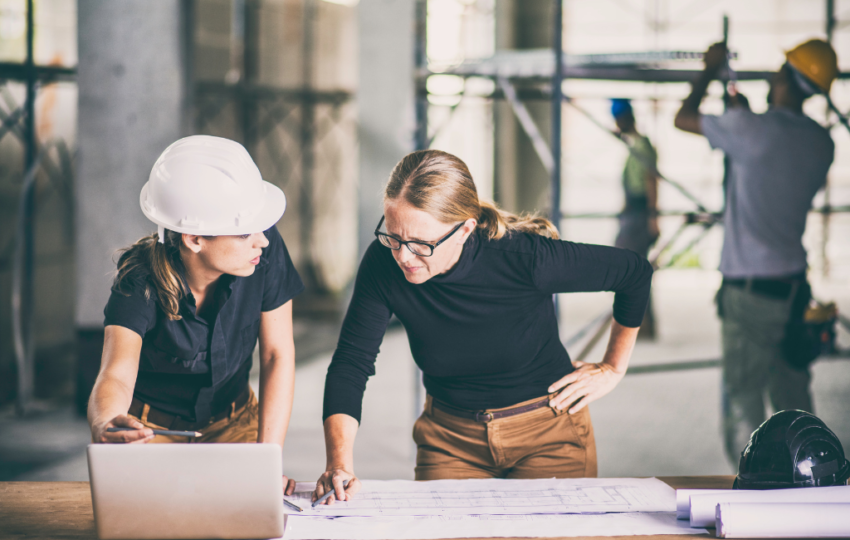Architect Shape the Future Design
Architects play a pivotal role in shaping the future of sustainable design. Their innovative approaches and commitment to environmental stewardship are transforming the built environment. This article explores the various ways architects are influencing sustainable design, supported by examples, case studies, and statistics.
The Role of Architects in Sustainable Design
Architects are at the forefront of sustainable design, integrating eco-friendly practices into their projects. They consider the environmental impact of buildings from conception to completion, ensuring that structures are energy-efficient, resource-conscious, and harmonious with their surroundings.
Energy-Efficient Building Design
Energy efficiency is a cornerstone of sustainable architecture. Architects employ various strategies to reduce energy consumption in buildings, such as:
- Utilizing passive solar design to maximize natural light and heat.
- Incorporating high-performance insulation and windows.
- Designing buildings with energy-efficient HVAC systems.
- Implementing renewable energy sources like solar panels and wind turbines.
For instance, the Bullitt Center in Seattle is often cited as one of the greenest commercial buildings in the world. It features solar panels, rainwater harvesting, and composting toilets, achieving net-zero energy and water use.
Material Selection and Waste Reduction
Choosing sustainable materials and minimizing waste are critical aspects of eco-friendly architecture. Architects prioritize materials that are:
- Locally sourced to reduce transportation emissions.
- Recycled or reclaimed to minimize resource depletion.
- Non-toxic and safe for occupants.
- Durable and long-lasting to reduce the need for replacements.
The Bosco Verticale in Milan exemplifies this approach. The residential towers are clad in a variety of trees and shrubs, which not only provide insulation but also improve air quality and biodiversity.
Case Studies in Sustainable Architecture
Several projects around the world highlight the innovative ways architects are advancing sustainable design.
One Central Park, Sydney
One Central Park in Sydney is a mixed-use development that integrates green walls and rooftop gardens. The building’s design reduces energy consumption by 25% and water usage by 50%. Its heliostat system reflects sunlight into shaded areas, enhancing natural light and reducing the need for artificial lighting.
The Edge, Amsterdam
The Edge in Amsterdam is often referred to as the world’s most sustainable office building. It uses smart technology to optimize energy use, including a lighting system that adjusts based on occupancy and natural light levels. The building generates more energy than it consumes, thanks to its extensive solar panel array.
Statistics on Sustainable Architecture
Data underscores the impact of sustainable architecture on the environment and economy:
- Buildings account for 39% of global carbon emissions, making sustainable design crucial for climate change mitigation.
- Green buildings can reduce energy use by 30-50%, water use by 30-70%, and carbon emissions by 35% compared to conventional buildings.
- The global green building materials market is projected to reach $364.6 billion by 2022, reflecting growing demand for sustainable construction.
The Future of Sustainable Design
The future of sustainable design lies in continuous innovation and collaboration. Architects are exploring new technologies and methodologies to create buildings that are not only environmentally friendly but also resilient and adaptable to changing climates.
Biophilic Design
Biophilic design emphasizes the connection between humans and nature. Architects incorporate natural elements like plants, water features, and natural light to enhance occupant well-being and productivity. This approach is gaining traction in both residential and commercial projects.
Adaptive Reuse
Adaptive reuse involves repurposing existing structures for new uses, reducing the need for new construction and preserving historical buildings. This practice conserves resources and reduces waste, contributing to more sustainable urban development.
Smart Buildings
Smart buildings leverage technology to optimize energy use, enhance comfort, and improve efficiency. Features like automated lighting, climate control, and energy management systems are becoming standard in sustainable architecture.
Conclusion
Architects are instrumental in driving the future of sustainable design. Through innovative approaches to energy efficiency, material selection, and waste reduction, they are creating buildings that are environmentally responsible and economically viable. Case studies like One Central Park and The Edge demonstrate the tangible benefits of sustainable architecture. As the demand for green buildings continues to grow, architects will play a key role in shaping a more sustainable and resilient built environment.

